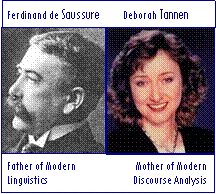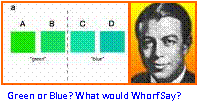What is a phone? Give three defining adjectives that ee has provided in class notes and the chaplets:
What is a phoneme?
What is an allophone?
What is phonology?
What is complementary distribution?
What is overlapping distribution?
What is a natural class?
Name all the natural classes you know.
You should know at least 18 for consonants and at least 7 for vowels (look at your IPA charts for clues)
Give an example of a word initial minimal pair, word medial minimal pair, word final minimal pair
What does a minimal pair prove?
Is it an allophone of any phoneme in that language?
Allophones of separate phonemes- what kind of distribution is this?
Mark Superman –allophone (least common, occurs in the most restricted environments)
Clark
Mark Superman and
Phonology Problems:
You are given two phones that belong to the same language,
You’re trying to figure out if they belong to the same phoneme or
to different phonemes.If they belong to the same phoneme, they exist in
complementary distribution (like the 4 T’s) If they belong to separate
phonemes, they exist in overlapping distribution, they are distinctive.
If they are distinctive, you can make a minimal pair by substituting one
for the other in the same place in the word, and come up with two
totally different words--Meaning they make two different words in
minimal pairs.
What’s the importance of convention in relationship to the arbitrary
design feature of language?
meaning of a word or phrase?
What are four sources/directions/triggers of variation in the meaning of a given word or phrase? 1) Across Time, 2) Across Regions 3) Communities 4) Across Languages/Cultures (e.g.,











No comments:
Post a Comment